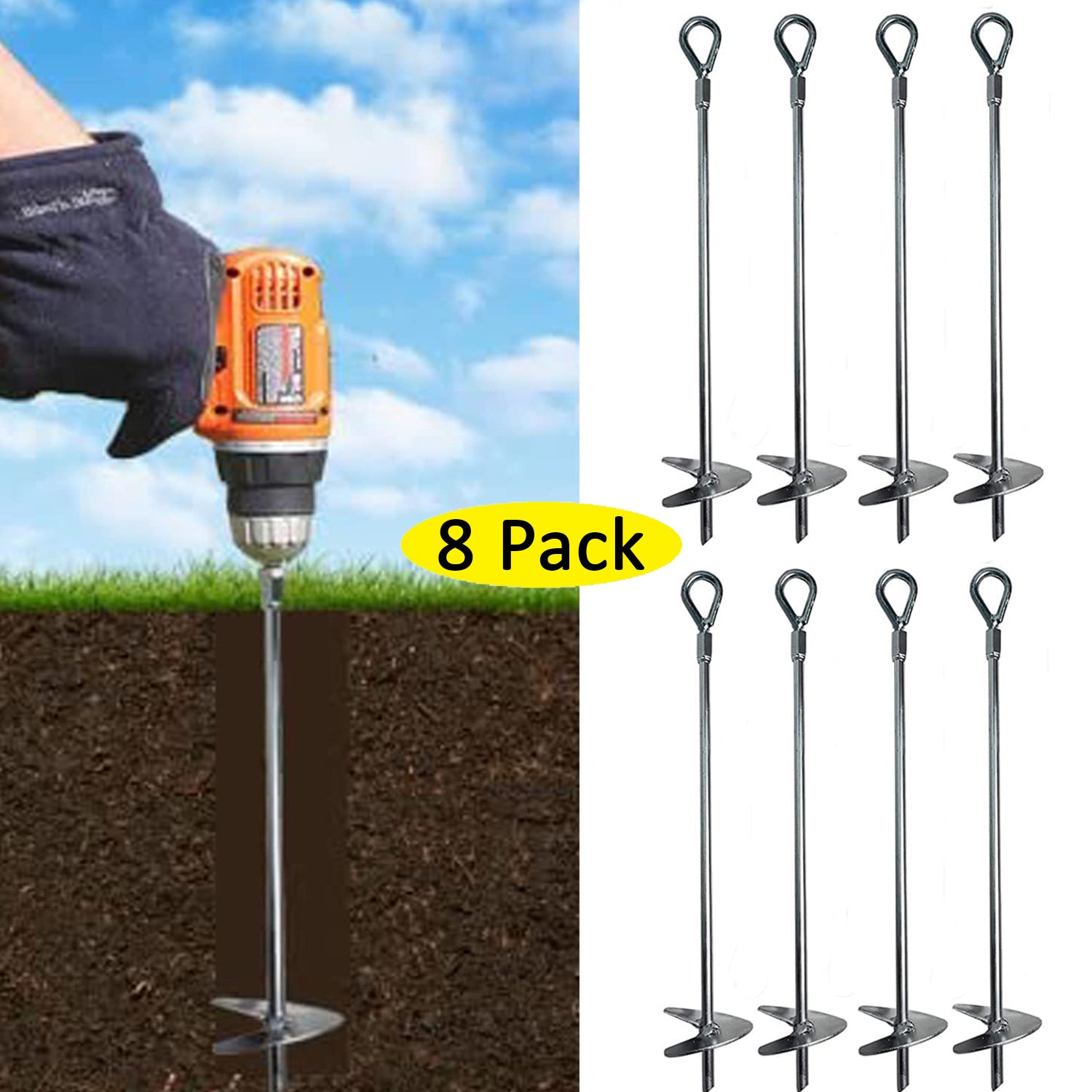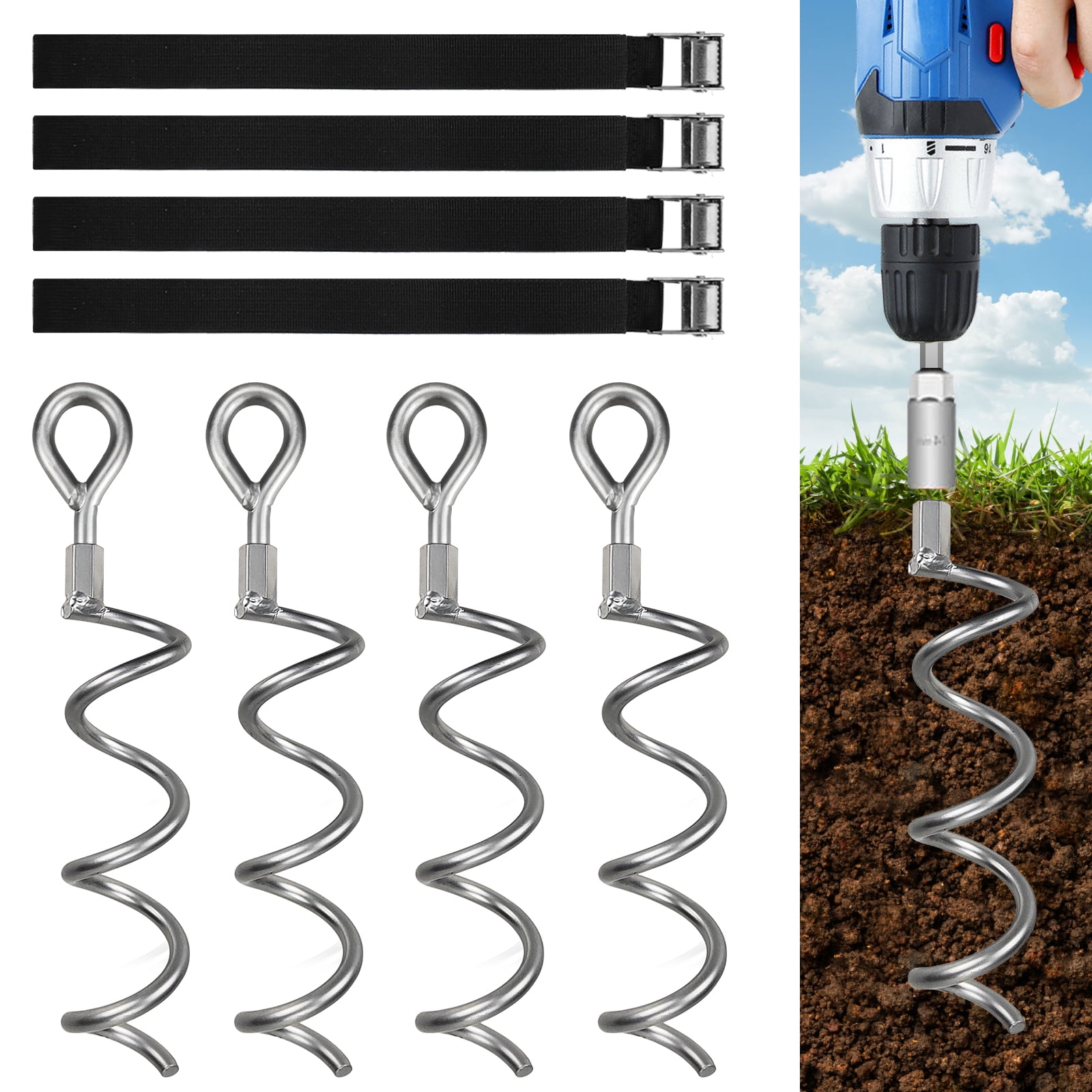Reviewing Various Ground Anchor Models to Select the Best Option for Your Needs
Reviewing Various Ground Anchor Models to Select the Best Option for Your Needs
Blog Article
Check Out the Various Kinds Of Ground Anchor for Your Next Job
When getting started on a building and construction or landscape design task, understanding the numerous types of ground supports readily available is important to ensuring both security and resilience (Ground Anchor). From auger anchors, which stand out in varied soil conditions, to stake anchors designed for temporary installations, the options are various. Additionally, concrete and screw anchors existing distinct advantages in specific circumstances, while deadman supports are tailored for applications needing resistance to lateral pressures. The option of an appropriate support type can significantly affect the total success of your task, motivating more exploration right into their particular benefits and applications.

Auger Anchors
Auger supports are a prominent option in different building and landscape design projects because of their distinct layout and effective anchoring capacities. These supports contain a helical screw-like shaft that is driven into the ground, enabling a protected and stable hold. The spiral style helps with very easy installation and makes best use of resistance against side forces, making auger supports specifically effective in applications such as fencing, momentary structures, and disintegration control.
The installation procedure of auger supports is reasonably uncomplicated. Auger supports can be easily removed and recycled, which includes to their cost-effectiveness and sustainability.
One of the significant advantages of auger supports is their capability to distribute lots uniformly across the bordering soil, minimizing the danger of soil disturbance and decreasing ecological effect. Furthermore, they are much less vulnerable to heaving or loosening with time contrasted to conventional anchoring techniques. Auger anchors are an excellent selection for tasks needing long lasting and reliable anchoring services.

Risk Anchors
When it comes to securing structures in a selection of outdoor applications, risk supports provide a uncomplicated and dependable option. These anchors are generally built from long lasting products such as steel or aluminum, designed to hold up against ecological tensions while providing optimum stability. Their basic design enables fast installment, making them an optimal option for short-lived or irreversible anchoring demands.
Risk supports are particularly helpful in securing outdoors tents, canopies, and other lightweight frameworks against wind and climate. They work by being driven right into the ground at an angle, producing a solid hold that withstands pull-out forces - Ground Anchor. The performance of risk anchors depends upon a number of aspects, consisting of dirt type, moisture material, and the angle of setup
For added safety and security, several stake supports come with accessory factors for straps or ropes, enabling for stress changes as necessary. In applications such as landscape design or building and construction, they can efficiently maintain tools or structures on unequal terrain. On the whole, risk anchors supply a flexible and economical option for protecting different outside installments, making them a recommended selection for contractors and do it yourself fanatics alike.
Concrete Anchors
Concrete anchors provide a robust service for protecting structures to concrete surface areas, making sure security and security in numerous applications. These anchors are crucial for tasks ranging from residential buildings to massive industrial installments. They can be found in different types, consisting of development anchors, adhesive supports, and undercut supports, each designed for specific load requirements and ecological conditions.
Development anchors rely upon mechanical mechanisms to grip the concrete when installed. They are ideal for tool to heavy-duty applications. Glue anchors use high-strength epoxy or material to bond the anchor to the concrete, supplying remarkable load-bearing capabilities, especially in cracked concrete situations. Undercut anchors develop a distinct form within the concrete, giving outstanding holding power, particularly in applications where tensile loads are common.
When executed properly, concrete supports dramatically improve the architectural stability of various jobs, making them crucial in contemporary building techniques. Comprehending the specific requirements of your Continue job will help in picking the best type of concrete support for the task.
Screw Anchors

Screw supports are a versatile attaching remedy that can be efficiently used in a variety of applications where typical concrete supports might not be adequate. These supports include a helical style that permits them to be conveniently driven into the ground, making them ideal for use in dirt and various other substrates. Their unique structure offers outstanding holding power and resistance to pull-out pressures, making them ideal for numerous jobs, from landscaping to structural support.
Among the main advantages of screw supports is their simplicity of installation. They call for minimal devices and can commonly be installed without the need for excavation, which saves both time and labor expenses. Furthermore, screw supports can be gotten rid of and reused, supplying a lasting option for short-term applications.
Screw anchors are specifically beneficial in locations where dirt conditions are testing, such as sandy or loose over at this website soils. Their ability to be mounted at varying midsts permits modification based upon certain project demands. Overall, screw anchors offer a efficient and trustworthy securing approach, making them a superb choice for engineers and specialists seeking reliable remedies for their tasks.
Deadman Anchors
Deadman supports offer as a durable solution for maintaining frameworks in tough problems, especially where typical securing techniques may fail. These anchors include huge, hefty items buried underground, which produce resistance against side pressures. The style usually entails a horizontal component, such as a block of concrete or a steel plate, buried in the dirt, to which bands or cords are connected.
The efficiency of deadman anchors depends on their capacity to distribute loads over a bigger area, decreasing the danger of failure in unsteady soil conditions. They are particularly beneficial in applications such as preserving walls, temporary structures, and slope stablizing, where dirt motion can jeopardize the stability of the structure.
Installation of deadman supports requires cautious planning to guarantee they are positioned at the right depth and orientation, optimizing their load-bearing capacity. While they may need even more labor and product than lightweight anchors, their integrity in unfavorable problems makes them indispensable for long-lasting tasks. Deadman supports are functional and can be adapted to different applications, making them a go-to choice for designers facing unique challenges in their projects.
Verdict
Auger anchors succeed in diverse dirt problems, while risk supports suit additional info short-term applications. For concrete surfaces, development and adhesive supports supply trusted choices, and screw supports provide adaptability in challenging surfaces.
In addition, concrete and screw anchors present special advantages in details circumstances, while deadman anchors are customized for applications requiring resistance to lateral forces - Ground Anchor.Auger supports are a prominent selection in numerous building and construction and landscaping projects due to their special layout and efficient anchoring capacities. They come in various types, consisting of expansion anchors, adhesive anchors, and undercut anchors, each created for details tons needs and environmental problems
Adhesive supports use high-strength epoxy or resin to bond the support to the concrete, offering exceptional load-bearing capacities, particularly in cracked concrete circumstances. On the whole, screw supports provide a reliable and dependable anchoring method, making them an outstanding selection for engineers and service providers looking for efficient remedies for their jobs.
Report this page